While the baluster foot ornaments draw from Etruscan forms, as found in the collections of antiquities of the Count de Caylus or Domenico Fronti, the bronze vase crowning the brace, the leaves decorating the belt, and the porphyry top add Greek or Egyptian motifs. The Romans themselves seem to have appreciated this kind of decoration, blending Etruscan, Greek, and "oriental" motifs, as seen in the edition by Angello Campanella of the paintings made by Mengs and Anton von Maron after the recently discovered frescoes of the villa Negroni in Rome.
This educated eclecticism is found in the works of the greatest cabinetmakers of the late 18th century. A pair of serving tables in veneered wood and gilded or patinated bronze, stamped by Adam Weisweiler, exemplifies this: spindle-shaped feet, connected by a brace supporting a patinated bronze oinochoe, rise in a very free column style, crowned with a verde antico marble top. Also at the Louvre and bearing the same master’s stamp is a pair of lower cabinet sections in lacquered wood and gilded bronze. The top is in brocatelle, and the spindle-shaped feet rise in baluster form, ending with a capital directly inspired by the Etruscan candelabrum known as such by Count de Caylus, now at the Louvre.
Sources
Hans Ottomeyer et Peter Pröschel, Vergoldete Bronzen. Die Bronzearbeiten des Spätbarock und Klassizismus, t. I, Munich, 1986.
Anne-Claude de Pestels, comte de Caylus, Recueil d’Antiquités égyptiennes, étrusques, grecques, romaines et gauloises, t. III, Paris, 1759.
Domenico Pronti, Nuova raccolta rappresentante i costumi religiosi civili, e militari degli antichi Egiziani, Etruschi, Greci e Romani. Tratti dagli antichi monumenti, per uso de' professori delle belle arti, Rome, 1776.



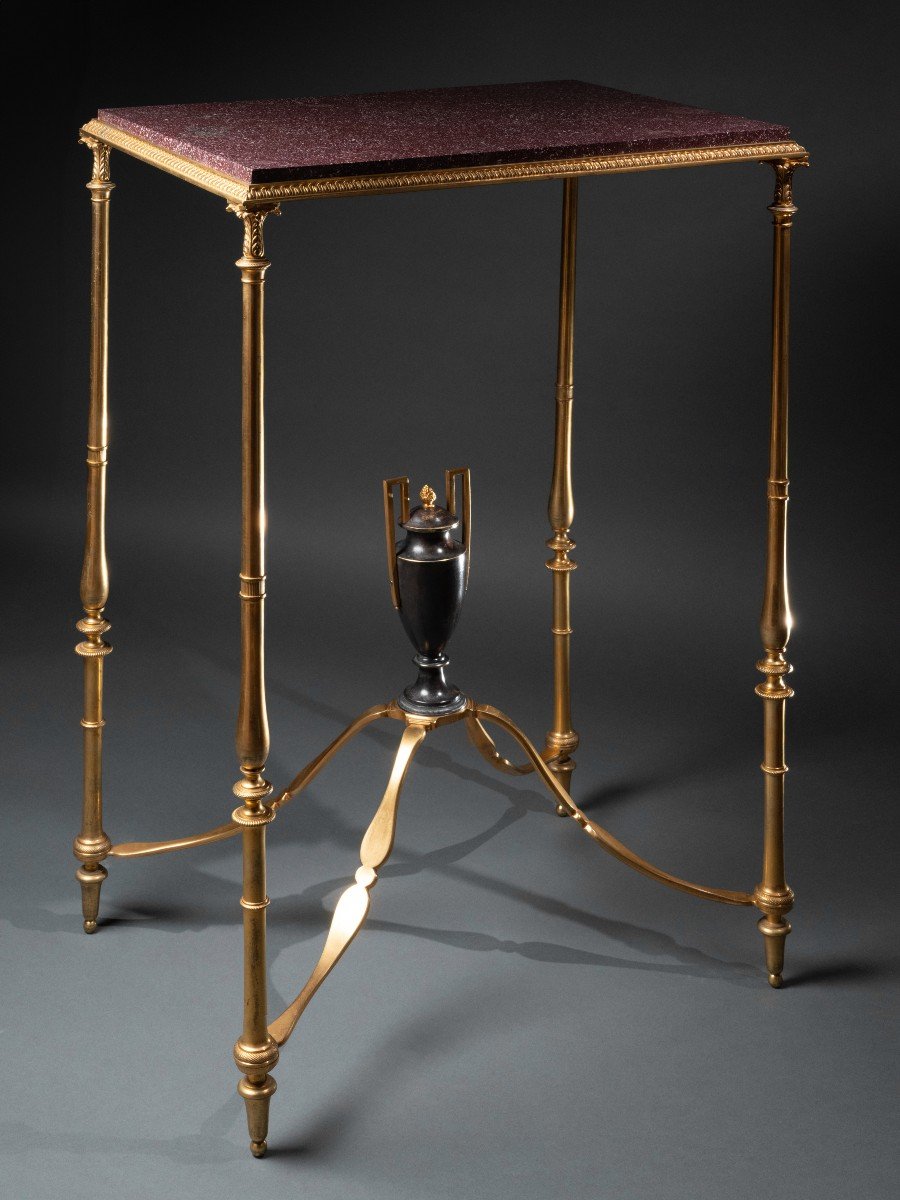
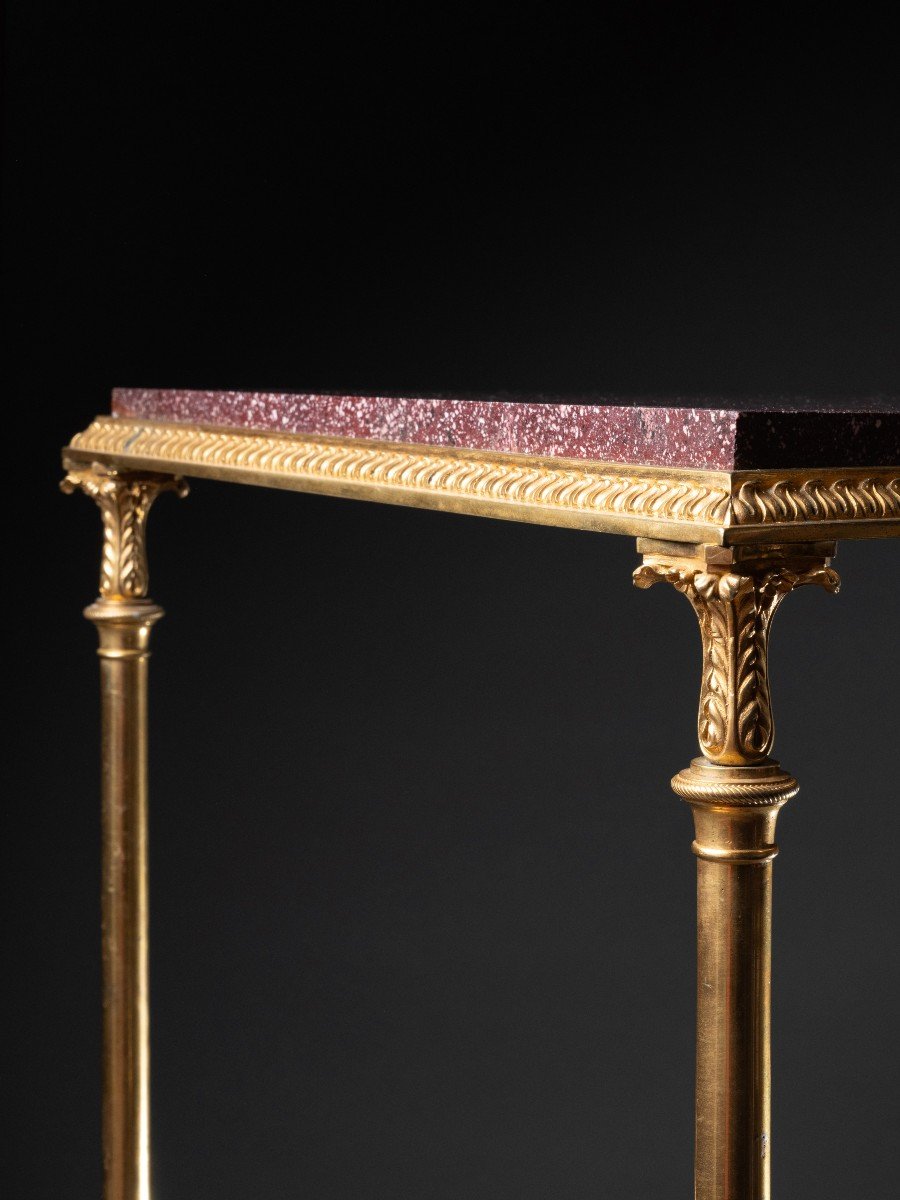
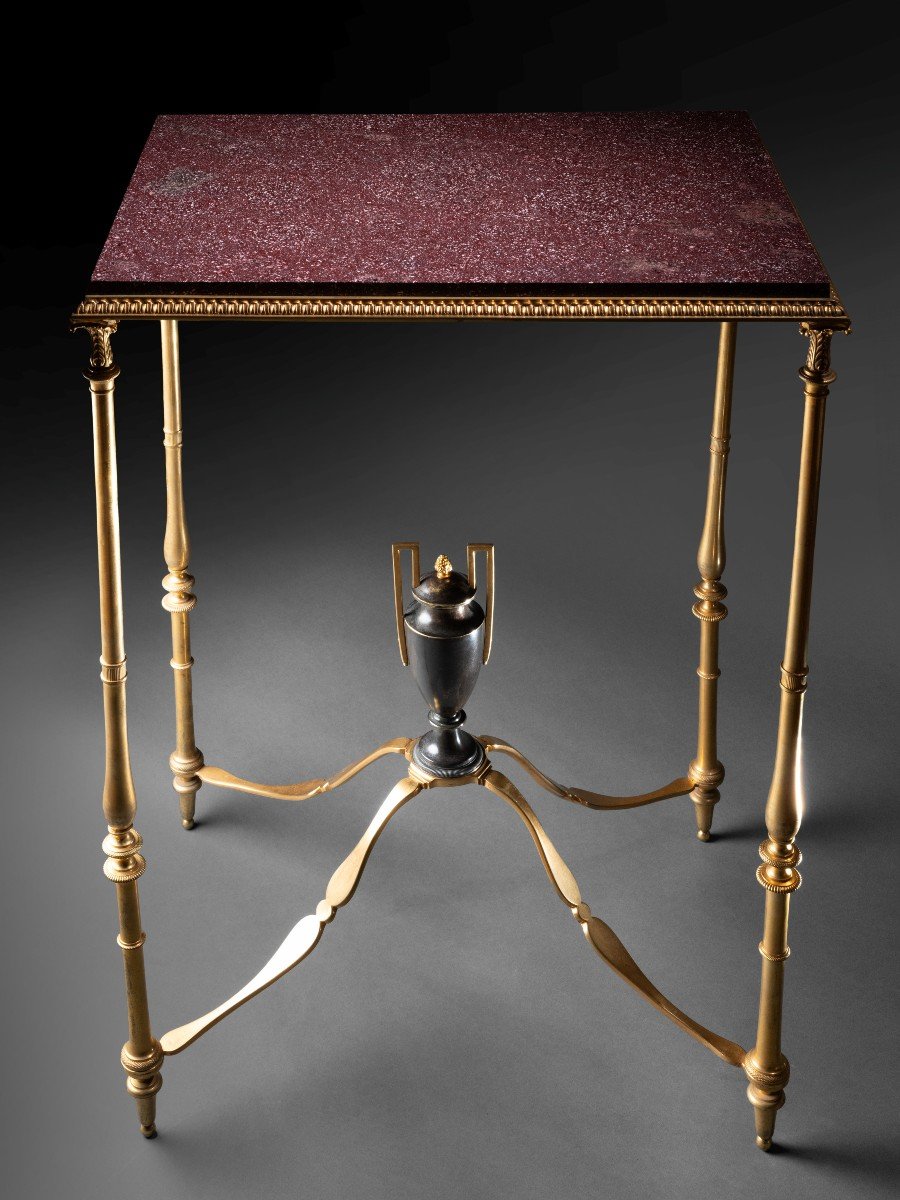

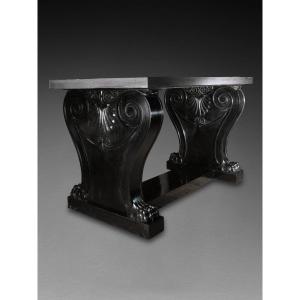

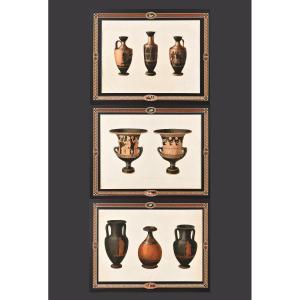
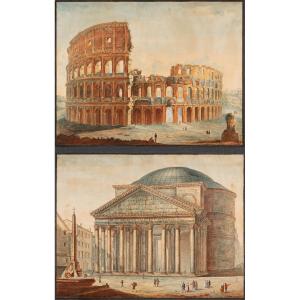
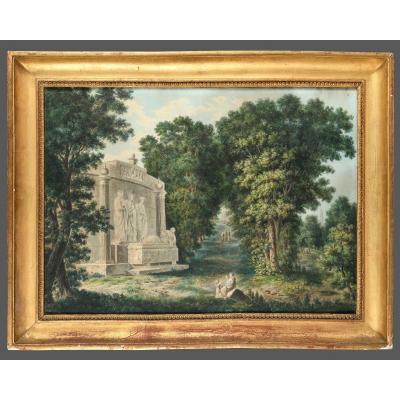

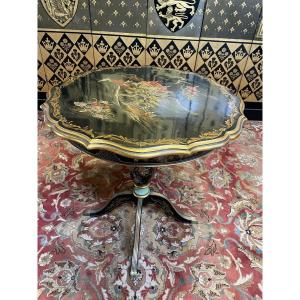

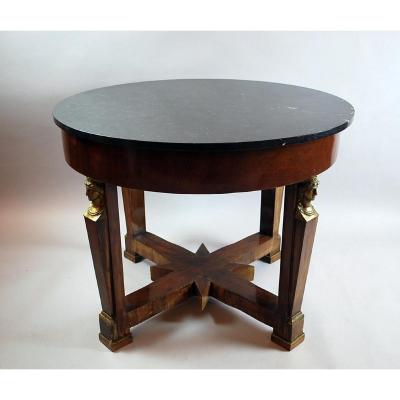





 Le Magazine de PROANTIC
Le Magazine de PROANTIC TRÉSORS Magazine
TRÉSORS Magazine Rivista Artiquariato
Rivista Artiquariato
